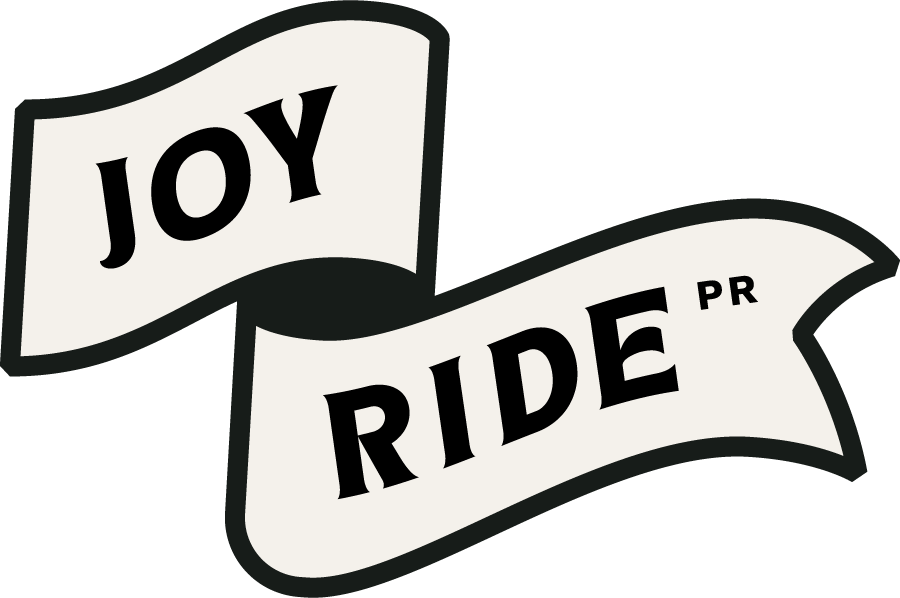Why Every Company Needs a Media Kit (and What Should Be in Yours)
In the mobility sector, where innovation moves fast and public interest runs high, capturing media attention can make a significant impact on brand visibility, investor interest, and consumer trust. A well-crafted media kit is an essential tool in any PR strategy, especially for automotive, transportation, and mobility companies aiming to set themselves apart. More than just a collection of files, a media kit is your brand’s introduction, narrative, and digital handshake. It’s the first step to positioning yourself in the media, establishing authority, and making it easy for journalists to tell your story.
Why Media Kits Matter in the Mobility Industry
The transportation landscape is dynamic, and new mobility technologies—whether electric, autonomous, or shared—are complex to explain. Journalists need quick, accurate, and compelling information to communicate these concepts to their readers. A media kit is your chance to offer all the necessary resources in one streamlined, accessible format. With a strong media kit, your brand becomes an open book, providing journalists with exactly what they need to cover your story accurately and favorably. This saves time, prevents miscommunication, and ultimately leads to more cohesive, impactful coverage of your brand.
Essentials of a Strong Media Kit
So, what should be included in a media kit tailored for mobility companies? Here are the key elements every kit needs to tell your brand’s story effectively:
1. Company Overview and Mission
Start with a concise, high-impact summary of your company. Think of this as the elevator pitch for your media kit. Explain what your company does, the problem it’s solving, and the unique angle you bring to the mobility space. For journalists new to your brand, this section provides context; for others, it reinforces your vision and helps position you within the industry.
2. Key Milestones and Achievements
Highlighting your company’s achievements, milestones, and growth shows journalists why your story is relevant. Include major partnerships, funding rounds, awards, product launches, or other notable moments that underscore your position as a leader in the mobility sector. This section also gives reporters context on your growth journey and industry influence.
3. Product or Service Fact Sheet
Mobility companies often deal with technical products, whether it’s autonomous driving software, EV charging solutions, or ride-sharing platforms. A well-organized fact sheet helps distill these offerings into easy-to-understand, digestible points. Use bullet points and brief descriptions to communicate the benefits, features, and uniqueness of your product or service. If you’re in a highly specialized niche, a short glossary of terms can be helpful, especially for complex technologies.
4. Executive Bios and Headshots
Journalists want to know the people behind the brand, so include short bios of your leadership team with high-quality headshots. Focus on each executive’s experience, relevant achievements, and vision for the company’s future. These bios provide a personal connection to your story and make it easier for journalists to quote or reference your team in articles.
5. High-Quality Images and Videos
Visual assets are essential in the mobility industry, where images can bring a product or concept to life far better than words alone. Include high-resolution photos of your product, facilities, and any other relevant visual content, such as vehicles, prototypes, or technology in action. If you have a demonstration video or short explainer video, add it to the kit. These assets give journalists easy access to visuals that enhance their storytelling and make your brand more memorable.
6. Recent Press Releases and Media Coverage
If you’ve recently launched a new product, announced a partnership, or participated in a key industry event, include these press releases in your media kit. Additionally, link to recent media coverage featuring your brand. This not only provides background information but also helps establish credibility and demonstrates that your company is making waves in the industry.
7. Contact Information
Make it easy for journalists to reach you. Provide a dedicated email address for press inquiries, along with a phone number if possible. Include the contact information of a specific PR representative or media relations contact to streamline communication and ensure reporters can quickly get the answers they need.
8. Logos
Don’t forget to include a variety of logo formats! Having horizontal, vertical, color, and monochrome versions of your logo available allows for flexibility across different media. Journalists may need different sizes or orientations depending on their publication’s style guide, so make it as easy as possible for them to use your logo correctly and consistently.
9. Social Media Links
Journalists often check social media to get a feel for a brand’s personality and engagement. Include links to your company’s social media accounts so they can see real-time updates, interactions with customers, and other engaging content that complements your brand’s story.
How Joyride Can Help
Creating a high-quality media kit is more than just gathering assets—it’s about crafting a clear, engaging narrative that draws journalists into your brand story. At Joyride, we specialize in helping mobility companies develop media kits that not only inform but inspire. From crafting the perfect company overview to designing visually compelling layouts, our team ensures that your media kit is polished, professional, and ready to impress.
With our experience in the automotive and mobility sectors, we understand the nuances of presenting complex technology in a way that’s both accessible and intriguing. We know what journalists are looking for, and we work with you to anticipate their needs so that your brand stands out in a crowded space.
Ready to Build a Media Kit That Drives Results?
Whether you’re launching a new product, seeking media attention, or simply want to refine your brand’s narrative, a media kit is an essential asset. Let Joyride help you create a media kit that captures your brand’s voice, showcases your innovations, and builds lasting connections with the media. Get in touch today to start telling your story with impact.
